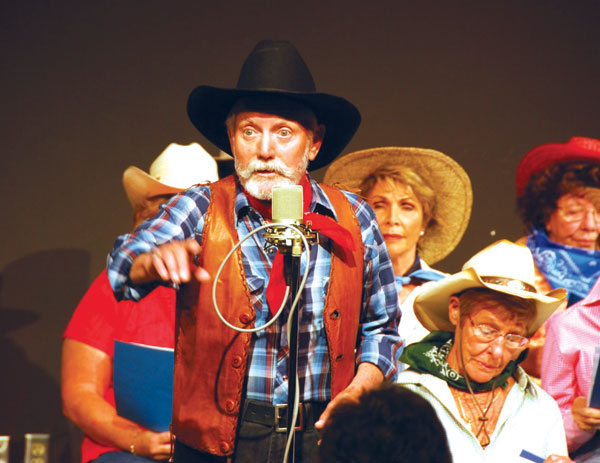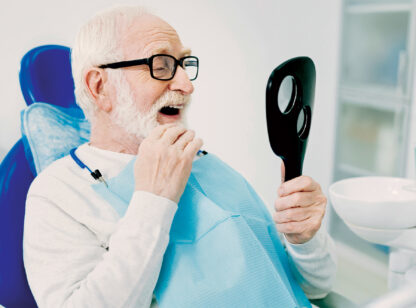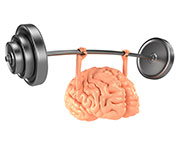Concussion and traumatic brain injury (TBI) prevention is an increasingly prevalent topic, especially with the current rise in incidence. Thankfully, new research is constantly being done to improve safety in the leading causes of TBI including falls, motor vehicle accidents (MVAs) and contact sports. Primary prevention strategies include proper safety equipment and fall prevention methods.
There is no helmet that is concussion proof. However, there are ways to ensure that a helmet can be used most effectively. For all situations and helmet types, the helmet should fit snuggly completely around the head, but should not be so tight that it causes headaches. When conducting initial fitting of a helmet the same hairstyle should be worn as will be worn in practice and performance. If any part of the helmet is broken, cracked or not fully functioning, the helmet should not be worn. Helmets should not be stored in locations where they may be warped or damaged by extreme temperatures or direct sunlight, such as in a car. Helmet safety is important in contact sports as well as riding a bicycle or motorcycle.
According to the Centers of Disease Control (CDC) 41% of motorcycle drivers and 50% of motorcycle passengers who had fatal accidents in 2010 were not wearing helmets. Additionally, there are no bad side effects of wearing a helmet and the risk of head injury is reduced by 69% in motorcycle accidents.
Additional car safety that can prevent more serious head trauma and fatality risks includes wearing a seat belt. Children should be in the correct car seat with the seat and child strapped in properly.
Falls are the number one cause of TBI in children prior to teenage years and adults over the age of 65. Fall prevention can be significantly reduced with household changes including removing all throw rugs and household clutter. Prevent stairway falls with gates and guard rails and supervise loved ones at all times when near fall hazards.
Children sustain falls most often on playgrounds and in homes. Avoid playgrounds with hard surfaces such as packed dirt and take your children to playgrounds with softer surfaces such as sand or wood chips.
Further prevention of fall risk can be obtained by strengthening your lower body and improving and strengthening your core, as well as balance training. Balance training should incorporate all three of your body’s balance systems, including proprioception, vision and vestibular system.
Vision is the primary balance system and allows you to see where your head and body are in relation to your surrounding environment. Proprioception is interpreted throughout the body and allows you to sense where your body is and how it moves within the surrounding environment through your muscles, tendons, joints and nerves. The vestibular system is located in your inner ear and is your body’s equilibrium center that interprets where your head is in space and how it moves.
My next article will focus specifically on the vestibular system functions, prevention of falls and concussions, as well as rehabilitation following a vestibular concussion.
Diana Huffman PT, DPT, is a certified vestibular specialist at Avid Physical Therapy. She has extensive training as a Doctor of Physical Therapy in vestibular therapy and can be reached at (760) 347.6195 or visit avidphysicaltherapy.com.














































Comments (0)